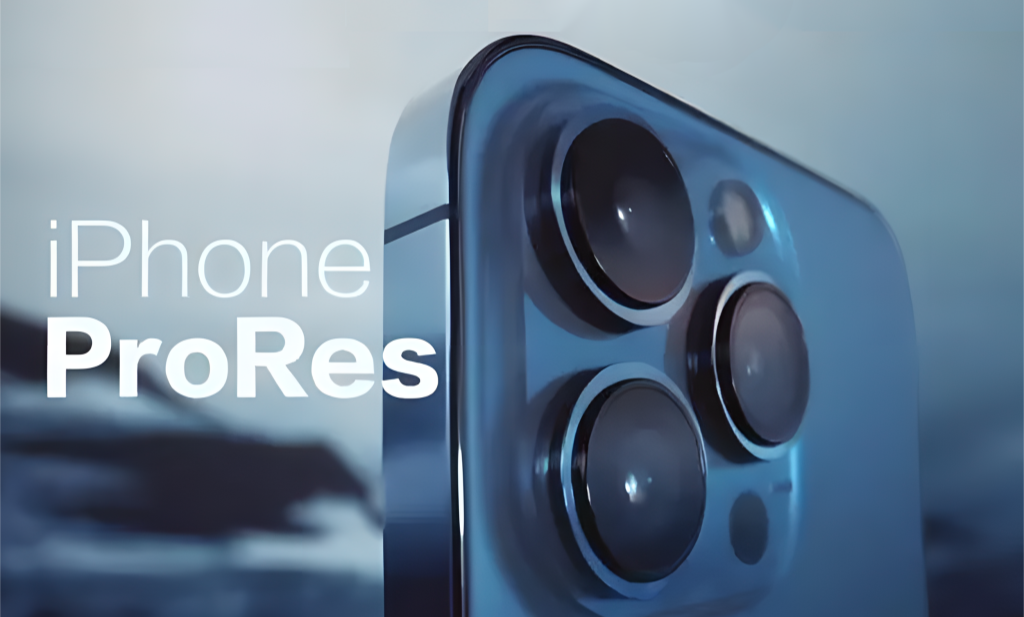With the advancement of technology, the amount of data generated by people is increasing rapidly, leading to higher demands for data transfer speed. As a result, the storage market is experiencing rapid changes. The storage market becomes more and more diverse. Nowadays, there are different performance of the Universal Serial Bus (USB) standard in the market, USB 3.1 Gen 1, USB 3.1 Gen 2, and USB 3.2. The market has many options for consumers to choose from, such as PSSD, NAS, which typically come with different performance of USB interfaces.
Deciding between USB 3.1 or USB 3.2 depends on what you need and your budget. Users can determine the data speed they need by understanding the various types of USB ports and their data transfer speeds. This knowledge can helps you easily find storage products that meet your requirements.
 Difference between USB 3.1 Gen 1, Gen 2 and USB 3.2
Difference between USB 3.1 Gen 1, Gen 2 and USB 3.2
Here's the difference between USB 3.1 Gen 1, Gen 2 and USB 3.2:
- USB 3.1 Gen 1: Also known as "SuperSpeed USB," this version offers data transfer rates of up to 5 Gbps (gigabits per second). It is backward compatible with USB 2.0, meaning you can connect USB 2.0 devices to a USB 3.1 Gen 1 port.
- USB 3.1 Gen 2: Also called "SuperSpeed USB 10 Gbps," this version provides double the data transfer speed compared to USB 3.1 Gen 1. It offers data transfer rates of up to 10 Gbps. Similar to USB 3.1 Gen 1, it is backward compatible with USB 2.0 and USB 3.1 Gen 1 devices.
- USB 3.2: This is the latest version of the USB standard and introduces even higher data transfer speeds.
USB 3.2 Gen 1x1 offers the same 5 Gbps speed as USB 3.1 Gen 1.
USB 3.2 Gen 2x1 (previously known as USB 3.1 Gen 2) provides the same 10 Gbps speed as USB 3.1 Gen 2.
USB 3.2 Gen 2x2 (previously known as USB 3.2 Gen 2x2) offers double the speed of Gen 2, providing up to 20 Gbps data transfer rates.
The advancer USB technology can provide products with faster data transfer speeds.
Advantage of DIY NAS equipped with USB 3.2
The advantage of a DIY NAS equipped with USB 3.2 is the increased data transfer speed and improved performance compared to previous USB versions. USB 3.2 provides faster data transmission, with theoretical speeds of up to 20 Gbps. So the DIY NAS equipped with USB3.2 can transfer data much faster, resulting in quicker file transfers and improved overall system responsiveness.
 Aiffro K100 All-SSD NAS, a DIY NAS equipped with USB 3.2 Gen 2
Aiffro K100 All-SSD NAS, a DIY NAS equipped with USB 3.2 Gen 2
There are many reason to recommend Aiffro K100 for use as data protection. The K100 has USB 3.2 Gen 2 for fast data transfer speeds,which speeds up file transfers, backups, and system performance. What’s more, you can make it be your personal cloud drive, maximizing the protection of your privacy. Featuring a Intel Alder Lake N100 processor, the 7nm Gracemont architecture, 4 cores, 4 threads, 6MB cache, and a maximum clock speed of 3.40GHz, K100 suits various scenarios, including:
Home media server: If you want to store and stream media files like movies, TV shows, or music throughout your home network, K100 can handle the high data transfer speeds required for smooth multimedia streaming.
Small office or home office (SOHO) environment: K100 can be ideal for small businesses or home offices that need reliable and fast storage for file sharing, backups, and collaborative work. It allows for quick and efficient data transfer between devices.
Content creators and professionals: Photographers, videographers, and other content creators who deal with large file sizes and require fast access to their data can benefit from K100. It enables quicker file transfers and provides a centralized storage solution for their creative work.
Gaming enthusiasts: Gamers who want to store and access their extensive game libraries can take advantage of the fast data transfer speeds of K100. It allows for quick game installations, updates, and seamless gaming experiences.
It's important to consider the specific requirements of your use case and the number of devices you plan to connect to the DIY NAS. And K100 supports 4 SSD slots (2280 M.2 PCIE Gen3*2), providing flexible storage configurations and expansion capabilities, to meet your growing storage needs.




Leave a comment
This site is protected by hCaptcha and the hCaptcha Privacy Policy and Terms of Service apply.